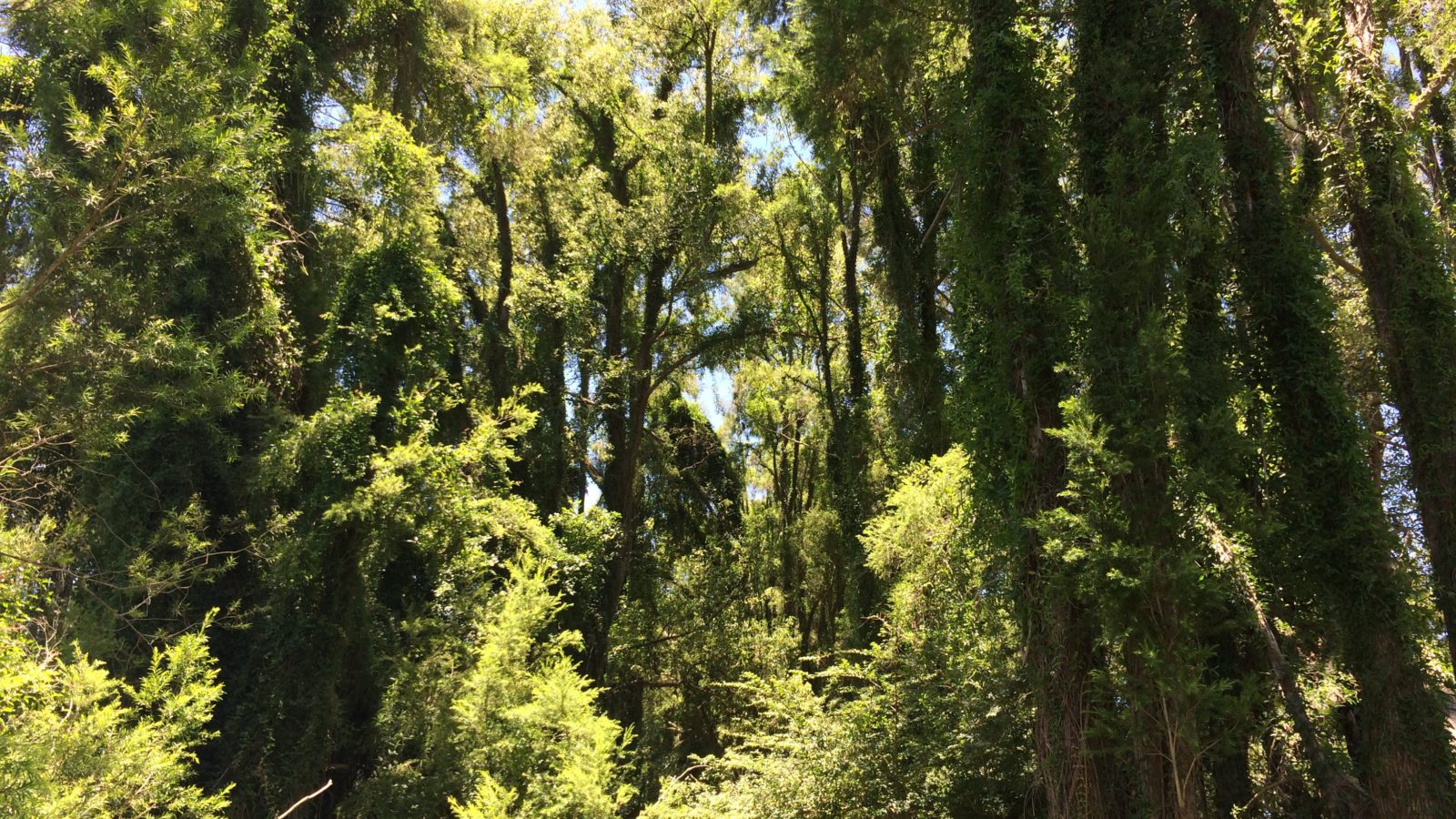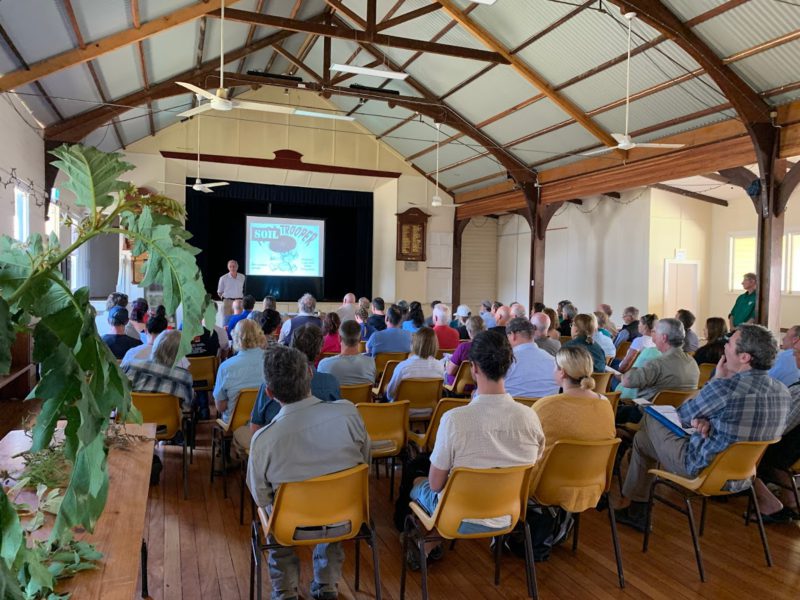The Landcare movement is a community-based approach to managing and protecting our natural resources – creating more productive and sustainable farms, conserving our environment, and building more cohesive and resilient communities.
Landcare History
Many Australian communities had already begun practising Landcare decades before government initiatives. Aboriginal Australians had been practising landcare techniques for eons due to the strong connection to the land for culture, law, food, language through burning practices, agronomy; accounts from some of our most enduring Landcare groups show grass roots environmental issues being tackled as early as the 1950s. In January 1988 Australia’s first official Dunecare groups formed on the New South Wales Mid North Coast at Hat Head, Diamond Beach, Scotts Head and Diggers Beach.
In 1989 the national Landcare movement officially began with Rick Farley of the National Farmers Federation and Phillip Toyne of the Australian Conservation Foundation, successfully lobbying the Hawke Government to commit itself to the emerging movement. Landcare became a national programme in July 1989 when the Australian Government, with bipartisan support, announced its “Decade of Landcare Plan” and committed $320 million to fund the National Landcare Programme.
What has transpired since is remarkable; Landcare groups have formed all across Australia, and in over 20 countries around the world. The cornerstones of Landcare are being community owned and driven, being bi-partisan in nature, and encouraging integrated management of environmental assets, including productive farmland and a sustainable approach to private land management.
Landcare NSW is the peak body representative body for the community Landcare movement in NSW.
Our unique Landcare network of local and regional Landcare Coordinators, volunteers, individuals and businesses provides a strong link to all rural, urban and regional communities in NSW.
One of the key and unique strengths of Landcare in NSW is that the communities that form the Landcare movement have an intimate understanding and knowledge of issues related to their local environment, farms and communities and are therefore best placed to ensure appropriate solutions are developed, delivered and maintained.
Working with Landcare NSW to deliver projects through its Landcare member groups generates a multiplying effect on investment through the legacy of ownership it creates at a local level. This drives stronger project continuity, and sees communities maintain long term outcomes.
Why do we need landcare?
European colonisation in 1788 initiated massive clearing for farming and mining, leading to major soil and biodiversity losses, including extinction of many species, declining remnants of indigenous vegetation and several extensive regional salinity problems – both dryland and irrigation. Settlement also brought innumerable weed and pest animal infestations; and greatly reduced water quality through soil erosion and nutrient addition – with resultant algal blooms.
Landcare’s roots From 1945-85, a prosperous, development-oriented era, Australian farmers often received financial support for paddock- or farm-scale soil conservation, initially provided to individuals, and later to small local groups guided by state government representatives. These grant or loan schemes included free extension advice, were well run but labour-intensive, and were backed by research – mostly from government institutions. Some weed and pest control and tree-growing programs also operated. Basin-wide programs emerged in the 1960s, for example Victoria’s Eppalock Project, which stabilised much of the erosion-prone upper Campaspe catchment. It involved several departments, built closer relations with landowners, produced better quality water for northern Victorian cities, towns and farms, and generated regional community support.



 Workshops
Workshops